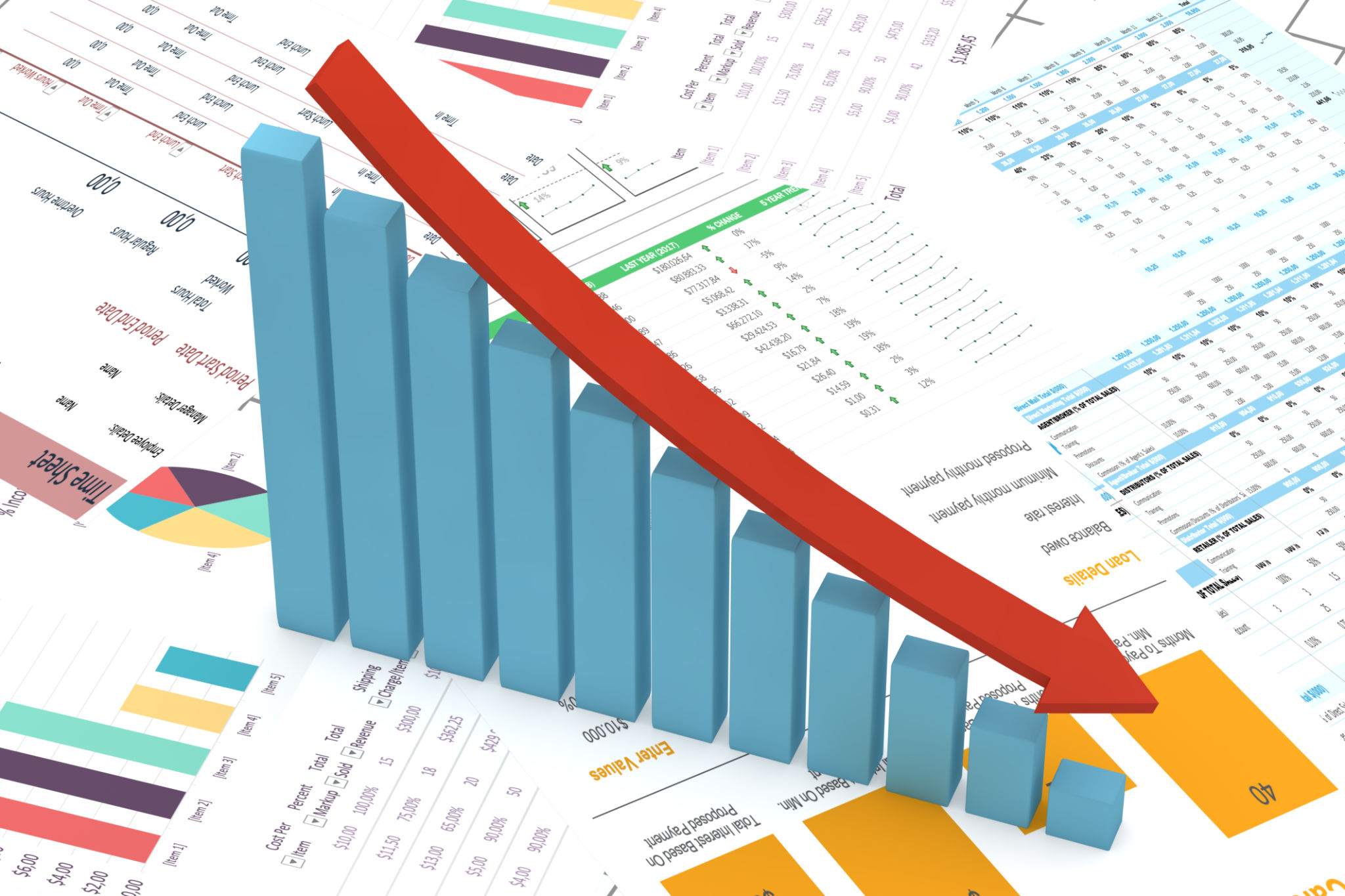Preparing for Seasonal Changes: How to Optimize Healthcare Equipment Logistics During Peak Times
Understanding Seasonal Demand Fluctuations
The healthcare industry, like many others, experiences significant fluctuations in demand throughout the year. These variations can be attributed to seasonal changes, such as flu season, which typically results in a surge in patient visits and a corresponding increase in the need for healthcare equipment. Understanding these patterns is crucial for optimizing logistics and ensuring that facilities are adequately prepared to meet increased demands.
By analyzing historical data and identifying trends, healthcare providers can anticipate peak times and plan accordingly. This proactive approach helps prevent supply shortages and ensures that critical medical equipment is always available when needed.

Streamlining Inventory Management
Effective inventory management is essential for optimizing logistics during peak seasons. Healthcare facilities should regularly audit their inventory to maintain an accurate account of available equipment. Implementing an automated inventory management system can significantly enhance this process by providing real-time updates and alerts when stock levels dip below a certain threshold.
Additionally, collaborating with suppliers to establish a reliable replenishment schedule can help ensure timely deliveries, reducing the risk of stockouts. Building strong relationships with suppliers can also facilitate quicker response times during emergencies or unexpected surges in demand.

Optimizing Supply Chain Efficiency
To handle seasonal peaks effectively, healthcare providers must focus on optimizing their supply chain efficiency. This involves enhancing communication and coordination with all stakeholders involved in the supply chain, from manufacturers to distributors and logistics partners. Establishing clear communication channels ensures that everyone is aligned and informed about upcoming demand surges.
Implementing advanced analytics and forecasting tools can also provide valuable insights into potential supply chain disruptions, enabling healthcare facilities to take preemptive measures and mitigate risks effectively.

Enhancing Transportation and Distribution Strategies
Transportation and distribution play a critical role in the logistics of healthcare equipment. During peak times, ensuring that these processes are efficient and reliable is paramount. Healthcare providers should assess their current transportation strategies and consider options such as partnering with logistics companies that specialize in medical supplies.
Using technology to track shipments in real-time can enhance transparency and provide insights into potential delays, allowing for quick resolution. Additionally, contingency plans should be in place to address any unforeseen transportation challenges that may arise during peak periods.
Leveraging Technology for Better Coordination
Technology can be a powerful ally in optimizing healthcare equipment logistics. Implementing integrated software solutions that connect different aspects of the supply chain can improve coordination and efficiency. These systems enable seamless data sharing between departments, facilitating better decision-making during peak times.
Furthermore, investing in technologies such as RFID tagging and IoT devices can provide real-time tracking of equipment, ensuring accountability and reducing the chances of equipment misplacement or loss.

Preparing for Unexpected Surges
While seasonal changes provide some predictability, unexpected events such as pandemics or natural disasters can lead to sudden spikes in healthcare demand. To prepare for such scenarios, healthcare facilities should develop contingency plans that include emergency stockpiles of essential equipment and supplies.
Regular drills and training for staff on emergency response procedures can also ensure that everyone is equipped to handle sudden demand increases efficiently. By being prepared for both predictable and unpredictable surges, healthcare providers can maintain a high standard of care regardless of the circumstances.

